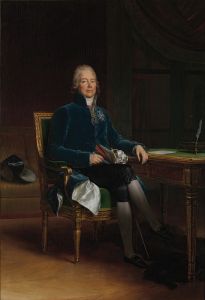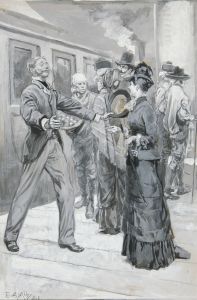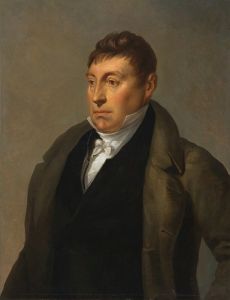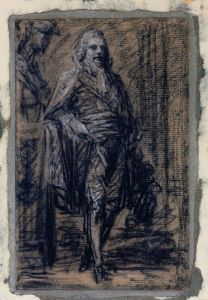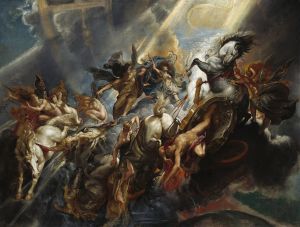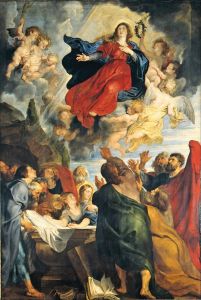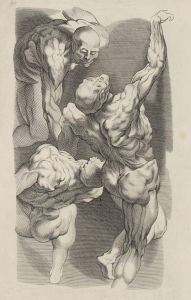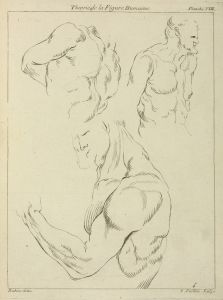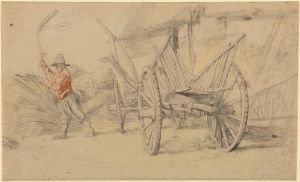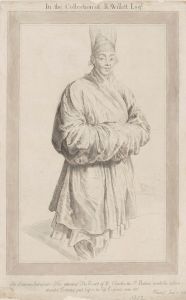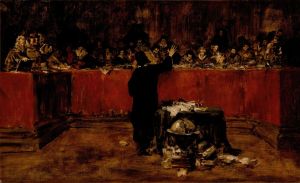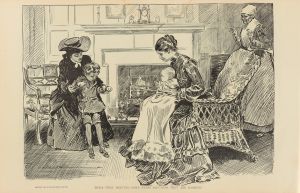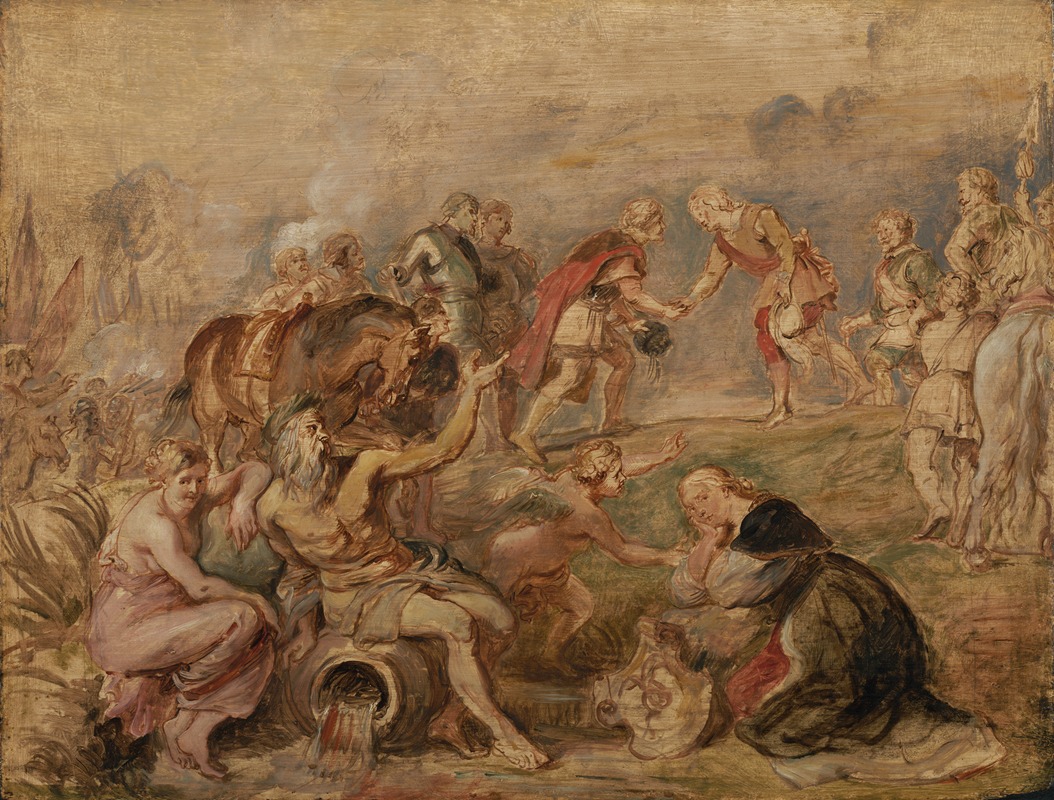
Meeting of King Ferdinand of Hungary and the Cardinal-Infante Ferdinand of Spain at Nördlingen
A hand-painted replica of Peter Paul Rubens’s masterpiece Meeting of King Ferdinand of Hungary and the Cardinal-Infante Ferdinand of Spain at Nördlingen, meticulously crafted by professional artists to capture the true essence of the original. Each piece is created with museum-quality canvas and rare mineral pigments, carefully painted by experienced artists with delicate brushstrokes and rich, layered colors to perfectly recreate the texture of the original artwork. Unlike machine-printed reproductions, this hand-painted version brings the painting to life, infused with the artist’s emotions and skill in every stroke. Whether for personal collection or home decoration, it instantly elevates the artistic atmosphere of any space.
"Meeting of King Ferdinand of Hungary and the Cardinal-Infante Ferdinand of Spain at Nördlingen" is a painting by the renowned Flemish artist Peter Paul Rubens. This artwork captures a significant historical event, the meeting between King Ferdinand III of Hungary and the Cardinal-Infante Ferdinand of Spain, which took place in the context of the Thirty Years' War, a series of conflicts that ravaged Europe from 1618 to 1648.
Peter Paul Rubens, born in 1577, was a prolific Baroque painter known for his dynamic compositions, vibrant color palette, and dramatic use of light and shadow. His works often depicted historical, religious, and mythological subjects, and he was highly sought after by patrons across Europe. Rubens' ability to convey grandeur and emotion made him an ideal artist to capture such a significant historical moment.
The meeting depicted in the painting occurred after the Battle of Nördlingen in 1634, a decisive engagement during the Thirty Years' War. This battle was fought between the forces of the Holy Roman Empire, supported by Spain, and the Swedish army allied with Protestant German states. The victory at Nördlingen was a turning point that bolstered the Catholic Habsburgs' position in the war and marked a decline in Swedish influence in the region.
In the painting, Rubens illustrates the encounter between the two Ferdinands, both key figures in the Habsburg dynasty. King Ferdinand III of Hungary, who later became Holy Roman Emperor, was an influential leader whose reign was marked by efforts to consolidate Habsburg power and navigate the complex political landscape of Europe during the war. The Cardinal-Infante Ferdinand of Spain, a younger son of King Philip III of Spain, was a prominent military leader and governor of the Spanish Netherlands. His role in the victory at Nördlingen solidified his reputation as a capable commander.
Rubens' composition likely emphasizes the grandeur and significance of the meeting, capturing the pomp and ceremony associated with such diplomatic encounters. The artist's use of rich colors and dynamic figures would have highlighted the power and prestige of the Habsburgs, reflecting the political importance of their alliance.
While specific details of the painting's composition and style are not extensively documented, Rubens' works from this period often feature a blend of realism and idealism, with attention to detail in the depiction of fabrics, armor, and expressions. His ability to convey narrative through visual art would have been employed to communicate the historical significance of the meeting.
The painting serves as a testament to Rubens' skill in capturing historical events and the political dynamics of his time. It reflects the broader themes of power, diplomacy, and conflict that characterized the Thirty Years' War and the role of art in documenting and glorifying such events. Through this work, Rubens not only commemorates a pivotal moment in European history but also showcases the artistic achievements of the Baroque era.





